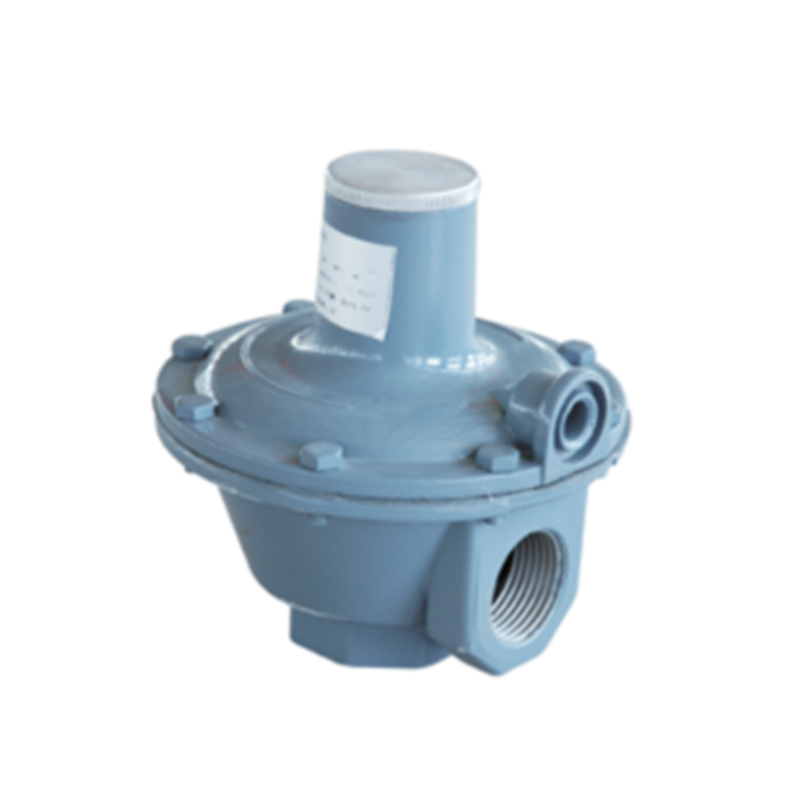
Dec . 04, 2024 23:49
Back to list
مخفض ضغط الغاز الطبيعي
Understanding Natural Gas Pressure Regulators
Natural gas plays a crucial role in the global energy landscape, serving as a vital source of energy for residential, commercial, and industrial applications.However, the pressure of natural gas must be effectively managed to ensure safe and reliable usage. This is where natural gas pressure regulators come into play. These devices are essential in controlling the pressure of gas flowing from the distribution system to the end-user, ensuring that it is at an appropriate level for safe consumption.
What is a Natural Gas Pressure Regulator?
A natural gas pressure regulator is a mechanical device that maintains a steady output pressure of gas, regardless of variations in input pressure or flow rate. It allows for the safe transfer of natural gas from higher-pressure pipelines to lower-pressure systems that deliver gas to appliances such as furnaces, water heaters, and stoves. By regulating pressure, these devices help prevent damage to appliances and reduce the risk of gas leaks or explosions.
How It Works
The operation of a natural gas pressure regulator is relatively straightforward. It consists of a diaphragm, a spring, and a valve that opens or closes based on the pressure in the system. When natural gas enters the regulator, it pushes against the diaphragm. If the pressure exceeds the set point, the diaphragm moves, which in turn moves the valve to reduce the flow, thereby decreasing the output pressure. Conversely, if the pressure drops below the set point, the valve opens to allow more gas to flow through, thus increasing the output pressure.
There are different types of gas regulators, including
1. First Stage Regulators These are typically used in high-pressure applications to reduce the pressure from the main supply line to a manageable level. They serve as a primary step in pressure regulation.
.
Importance of Natural Gas Pressure Regulation
مخفض ضغط الغاز الطبيعي

The importance of pressure regulation cannot be overstated. Inadequate regulation can lead to several issues, such as
- Safety Hazards Excessively high gas pressure can cause damage to appliances, leading to malfunctions, leaks, or even explosions.
- Energy Efficiency Properly regulated gas pressure ensures that appliances operate efficiently, preventing energy wastage and increasing performance.
- Regulatory Compliance Many regions have strict regulations governing gas pressure levels. Compliance with these regulations is essential to ensure safe operations and prevent legal ramifications.
- Cost Savings Efficient management of gas pressure can lead to lower energy bills. By ensuring that appliances receive the correct pressure, users can avoid unnecessary overconsumption of gas.
Maintenance Considerations
Regular maintenance of gas pressure regulators is vital to ensure their proper functioning. This includes checking for leaks, ensuring the diaphragm is in good condition, and inspecting the overall system for any potential issues. Users should also pay attention to signs of malfunction, such as fluctuating gas pressure, unusual appliance behavior, or gas odors.
Conclusion
Natural gas pressure regulators are an essential component in the safe and efficient use of natural gas. By ensuring that pressure levels are controlled effectively, these devices help protect both users and appliances from potential hazards. Understanding how regulators work and their significance can aid consumers in making informed decisions regarding their natural gas systems. Whether for residential heating or industrial applications, proper pressure regulation is key to harnessing the benefits of natural gas while minimizing risks. As the demand for natural gas continues to rise, so too does the need for advanced and reliable pressure regulation technology, ensuring safe and efficient energy utilization for all.
Latest news
-
Safety Valve Spring-Loaded Design Overpressure ProtectionNewsJul.25,2025
-
Precision Voltage Regulator AC5 Accuracy Grade PerformanceNewsJul.25,2025
-
Natural Gas Pressure Regulating Skid Industrial Pipeline ApplicationsNewsJul.25,2025
-
Natural Gas Filter Stainless Steel Mesh Element DesignNewsJul.25,2025
-
Gas Pressure Regulator Valve Direct-Acting Spring-Loaded DesignNewsJul.25,2025
-
Decompression Equipment Multi-Stage Heat Exchange System DesignNewsJul.25,2025

